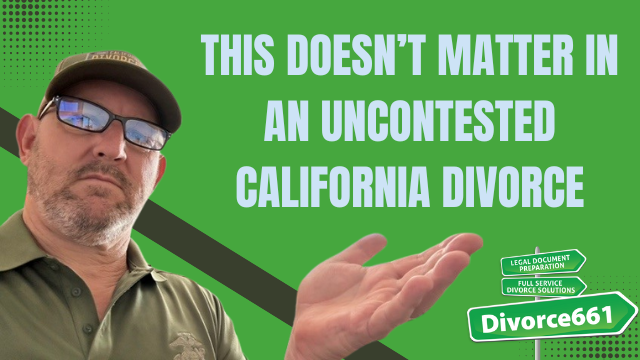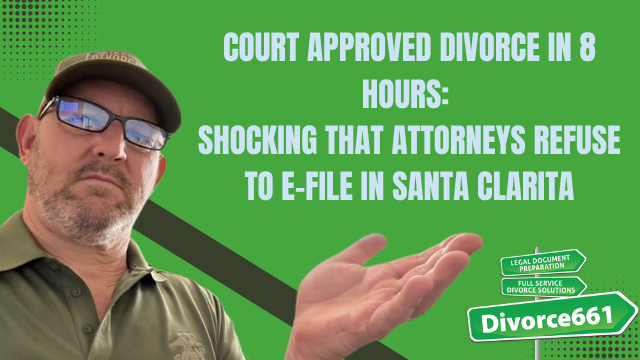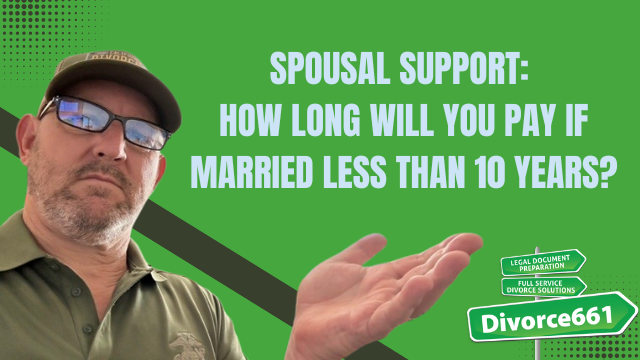California Divorce Petition Mistake Number 4: Not Including the Duration of Your Marriage
Filing for divorce in California involves a variety of important details that must be handled with care. One common and critical mistake is neglecting to include the duration of your marriage or domestic partnership in the divorce petition. This oversight can lead to delays or even rejection of your case. Drawing from insights by Tim Blankenship of Divorce661, this article will explain why accurately stating the length of your marriage is essential and how to avoid this pitfall.
Why the Duration of Marriage Matters in a Divorce Petition
When submitting a divorce petition in California, you are required to provide specific dates: the date of marriage or domestic partnership and the date of separation. However, simply listing these dates is not enough. The court expects you to do the math and clearly state the total length of the marriage in years and months.
This duration is more than just a formality—it affects many aspects of the divorce process, including:
- Determining eligibility for certain types of spousal support
- Influencing property division considerations
- Clarifying timelines for filing and processing the divorce
Failing to include the calculated duration can cause the court clerk or judge to reject your petition outright, leading to unnecessary delays and additional paperwork.
How to Properly Calculate and List the Duration
Calculating the length of your marriage or domestic partnership is straightforward but must be precise. Here’s what you should do:
- Identify the Date of Marriage or Domestic Partnership: This is the official date recorded on your marriage certificate or domestic partnership registration.
- Identify the Date of Separation: The date when you and your spouse or partner stopped living together and intended to end the relationship.
- Calculate the Time Between These Dates: Count the total number of years and months between the marriage date and separation date.
- Include This Duration in the Petition: Clearly state the length of the marriage, such as “married for 10 years and 3 months.”
Taking the time to complete this step accurately ensures your petition will meet the court’s requirements and proceed smoothly.
Common Consequences of Omitting the Duration
One of the most frustrating consequences of not including the duration of marriage in your petition is that your divorce case can be rejected or delayed. The court clerk or judge may send the petition back, requiring you to correct and resubmit it. This can prolong the entire divorce process and increase stress and legal costs.
By avoiding this simple but crucial mistake, you save yourself time and potential headaches.
Final Thoughts
Divorce petitions in California require careful attention to detail, especially when it comes to documenting your marriage timeline. Always remember to list not just the dates of marriage and separation, but also the exact duration of your marriage or domestic partnership. This small but vital step can prevent your petition from being rejected and keep your divorce proceedings on track.
For more tips on avoiding common pitfalls in California divorce petitions, consider exploring additional resources and expert guidance.







